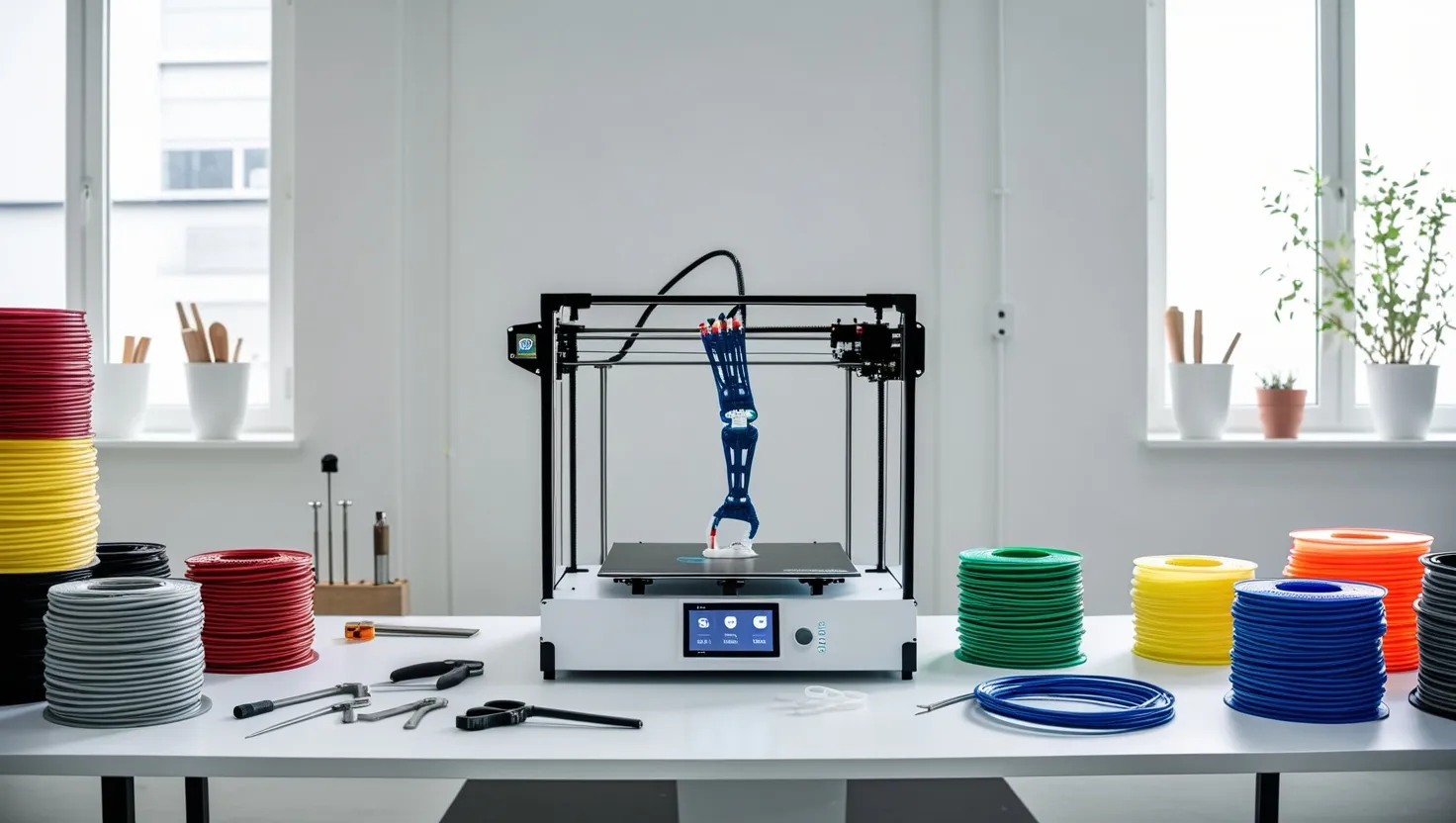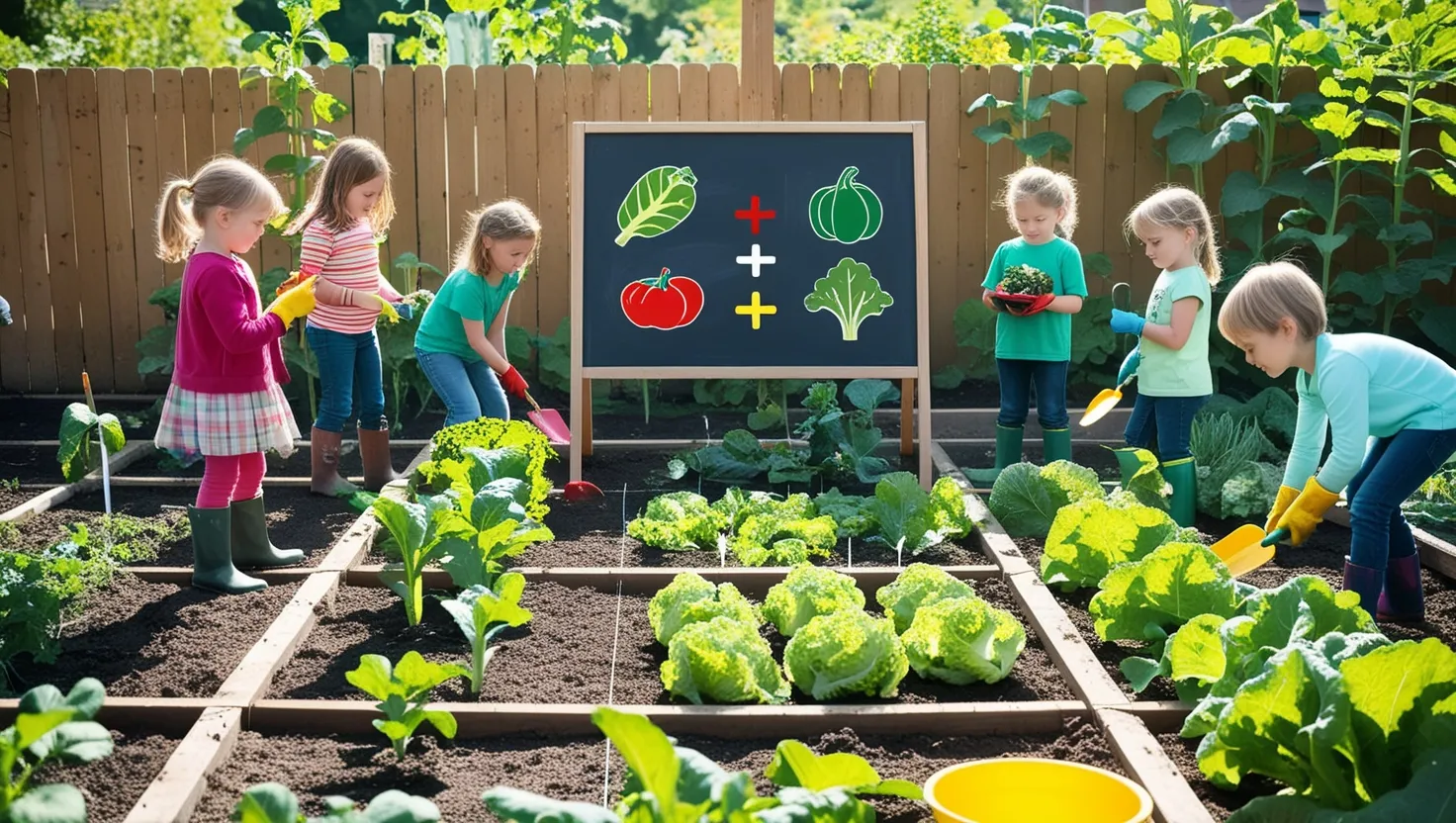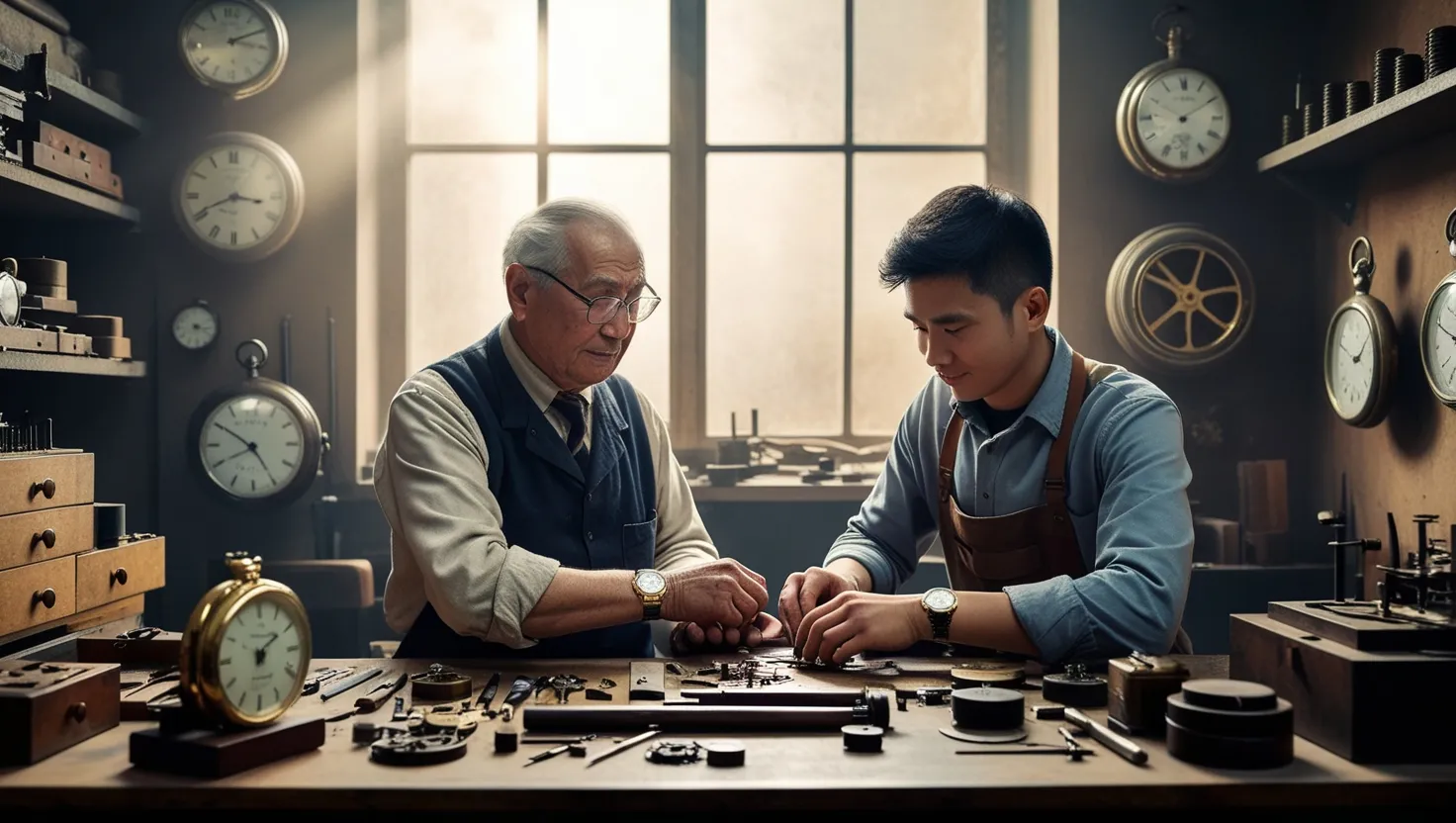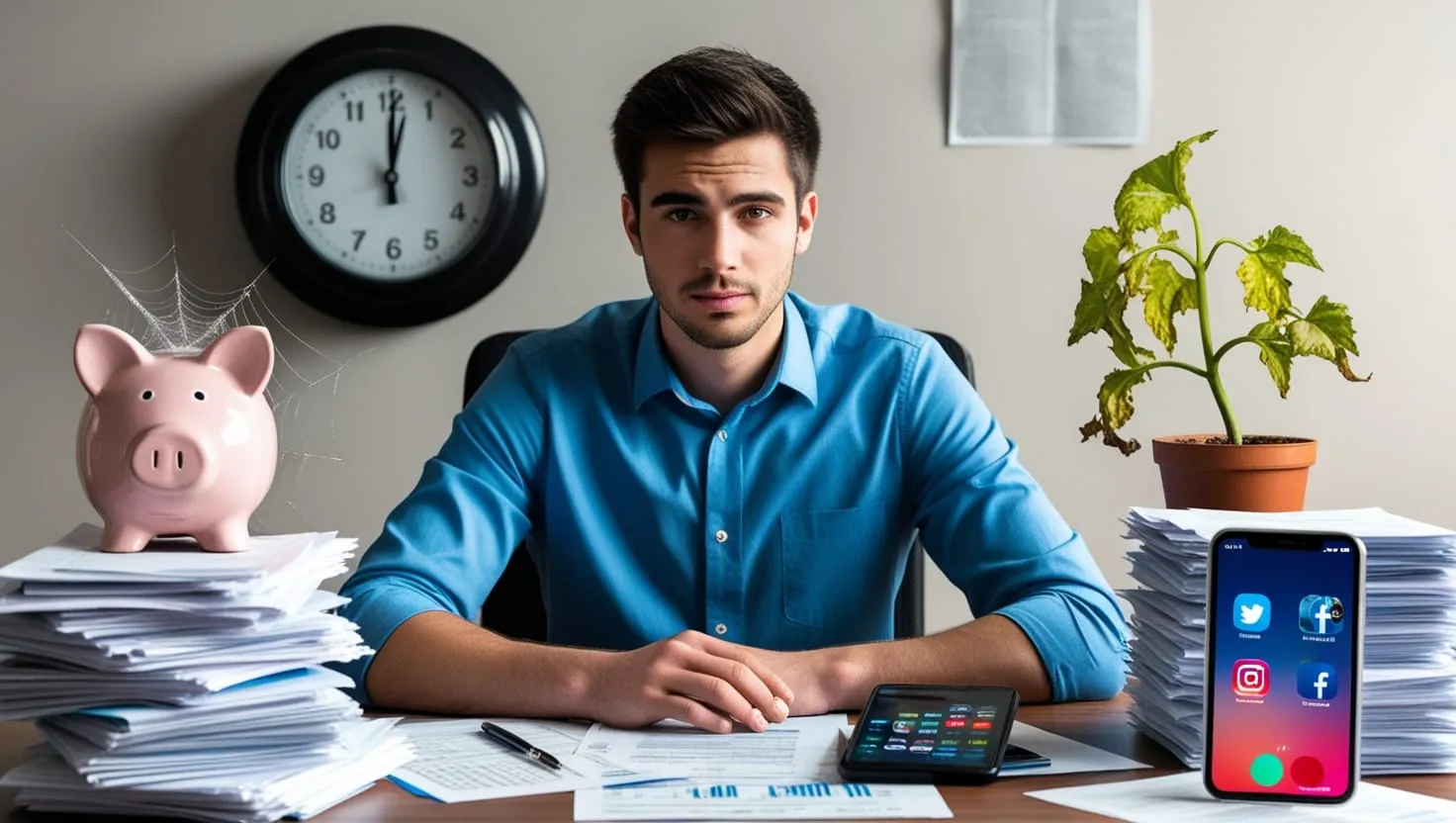Sophie’s fingers danced across the keyboard, her eyes fixed on the screen as she finalized the design for her latest prosthetic arm. The 3D printer hummed in the background, layering recycled plastic into a limb that would soon change someone’s life. She paused, taking in the scene around her – a small workshop cluttered with prototypes, spools of plastic filament, and the unmistakable scent of melting polymers.
It had been three years since Sophie left her comfortable job as an environmental scientist to pursue this dream. What started as a weekend project in her garage had blossomed into a full-fledged non-profit, turning discarded plastic into affordable, customized prosthetics. The journey hadn’t been easy, but every smile on a recipient’s face made the long hours and financial struggles worthwhile.
Sophie’s mind wandered to her latest challenge – scaling up operations to meet the growing demand. She knew the potential was there; mountains of plastic waste and millions in need of affordable prosthetics created a perfect storm of opportunity. But how to bridge that gap?
A knock at the door interrupted her thoughts. “Come in!” she called, swiveling in her chair to greet her visitor.
Mark, her longtime friend and financial advisor, stepped inside. “How’s our mad scientist today?” he teased, his eyes twinkling.
Sophie grinned. “Mad as ever. Just trying to figure out how to turn more trash into treasure on a larger scale.”
Mark nodded, his expression turning serious. “That’s actually why I’m here. Have you ever heard of social impact bonds?”
Sophie shook her head, intrigued. “Can’t say that I have. Sounds fancy.”
“It might be just what you need,” Mark explained, pulling up a chair. “Essentially, it’s a way for private investors to fund social projects. If the project meets its goals, the government pays back the investors with interest. If not, the investors lose their money.”
Sophie’s eyes widened. “So, we could potentially get funding without the pressure of traditional loans?”
“Exactly,” Mark nodded. “And given the dual impact of your work – both environmental and social – I think you’d be a prime candidate.”
The possibilities began to swirl in Sophie’s mind. With proper funding, she could upgrade her equipment, hire more staff, and reach so many more people in need. But the pressure to deliver results was daunting.
“It’s a lot to consider,” Sophie mused. “How would we even begin to measure our impact?”
Mark leaned forward, his enthusiasm evident. “That’s the beauty of it. We can work with investors to define clear, measurable goals. Number of prosthetics produced, amount of plastic recycled, improvement in recipients’ quality of life – these are all quantifiable metrics.”
Sophie nodded slowly, her excitement building. “And if we succeed, it could pave the way for similar projects around the world.”
“Precisely,” Mark grinned. “You could be at the forefront of a whole new approach to sustainable development.”
As Mark delved deeper into the intricacies of social impact bonds, Sophie’s mind raced with possibilities. She imagined a future where discarded plastic became a valuable resource, where children in developing countries could receive custom-fitted prosthetics at a fraction of the current cost.
“What about the risks?” Sophie asked, ever the scientist. “What if we don’t meet our targets?”
Mark’s expression sobered. “That’s the catch. If we don’t deliver, we could lose investor confidence and struggle to secure future funding. It’s a high-stakes game, but with potentially enormous rewards.”
Sophie stood up, pacing the small workshop. Her eyes fell on a framed photo on the wall – a young girl beaming as she used her new prosthetic arm to hold a paintbrush for the first time. The image steeled her resolve.
“We have to try,” she declared. “The potential impact is too great to ignore.”
Mark nodded, a proud smile on his face. “I had a feeling you’d say that. Shall we start putting together a proposal?”
As they dove into the details, Sophie felt a renewed sense of purpose. She was no longer just an environmental scientist or a prosthetics maker – she was becoming a pioneer in sustainable finance, bridging the gap between ecological responsibility and social impact.
The next few months were a whirlwind of meetings, presentations, and negotiations. Sophie found herself navigating the complex world of impact investing, learning to speak the language of finance while staying true to her core mission.
One particularly memorable meeting stood out. Sophie stood before a panel of potential investors, her heart racing as she prepared to make her pitch. The room was filled with suits and stern expressions, a far cry from her usual audience of engineers and recipients.
“Ladies and gentlemen,” she began, her voice steady despite her nerves. “What if I told you that the solution to two global crises could be found in your recycling bin?”
A few eyebrows raised, interest piqued. Sophie continued, her passion shining through with every word. She painted a vivid picture of the world she envisioned – oceans free of plastic waste, children running and playing with custom-fitted prosthetics, a circular economy that turned trash into life-changing technology.
As she spoke, Sophie could see the skepticism in some eyes give way to curiosity, then excitement. By the time she finished her presentation, the room was buzzing with energy.
The questions came rapid-fire. “How scalable is this technology?” “What’s your projected impact over five years?” “How will you ensure quality control as you expand?”
Sophie fielded each query with confidence, her deep knowledge of both the scientific and social aspects of her work shining through. As the meeting concluded, she could sense that she had won over even the toughest critics in the room.
Weeks later, Sophie received the news she had been hoping for – her project had been approved for a substantial social impact bond. The funding would allow her to expand operations tenfold, reaching communities she had only dreamed of helping before.
With the influx of capital came new challenges. Sophie found herself juggling the demands of rapid growth with the need to maintain the quality and personal touch that had defined her work from the beginning. She hired a team of engineers, social workers, and finance experts, each bringing their unique skills to the table.
As the organization grew, so did its impact. Sophie traveled the world, setting up workshops in developing countries and training local technicians in the art of turning plastic waste into prosthetics. She witnessed firsthand the transformative power of her work – not just for the recipients of the prosthetics, but for entire communities that now had a way to turn their plastic waste into a valuable resource.
One particularly poignant moment came during a visit to a small village in rural India. Sophie watched as a young boy, born without a left hand, tried on his new prosthetic for the first time. The look of wonder on his face as he flexed his new fingers was something Sophie knew she would never forget.
“You’ve given me a new life,” the boy’s father said, tears in his eyes. “Not just the hand, but the knowledge that our waste can become something beautiful.”
Sophie felt her own eyes welling up. “This is why we do what we do,” she said softly. “Every piece of plastic we save from the ocean, every life we change – it all adds up to something greater than ourselves.”
As the years passed, Sophie’s organization became a model for sustainable development worldwide. The success of her social impact bond paved the way for similar projects, creating a new paradigm for funding solutions to global challenges.
But success brought its own set of questions. How could they continue to innovate and improve their technology? What other applications might exist for their recycling and 3D printing techniques? And perhaps most importantly, how could they ensure that their work remained true to its original mission as it grew?
Sophie found herself at a crossroads, facing decisions that would shape not just her organization, but potentially the future of sustainable development itself. As she pondered these questions, she couldn’t help but reflect on the journey that had brought her here.
From a small workshop filled with discarded plastic to a global movement changing lives and cleaning up the planet – it had been an incredible ride. And yet, Sophie knew that in many ways, her work was just beginning.
As she looked out the window of her office, watching a new shipment of recycled plastic being unloaded, Sophie felt a familiar spark of excitement. The challenges ahead were daunting, but the potential for positive change was limitless.
“What’s next?” she wondered aloud, a smile playing at her lips. Whatever it was, she knew she was ready to face it head-on, armed with the power of innovation, the support of her team, and the unwavering belief that even the smallest actions could create ripples of change across the world.






